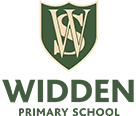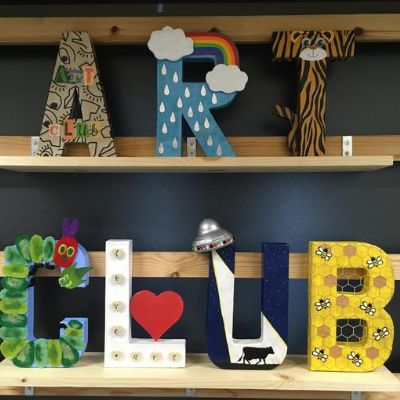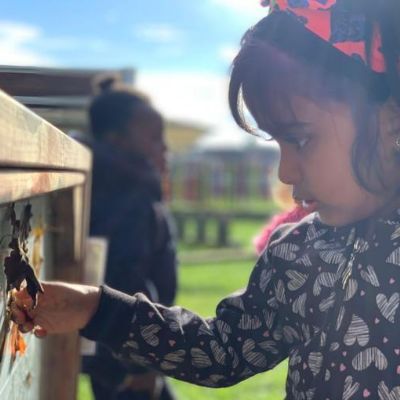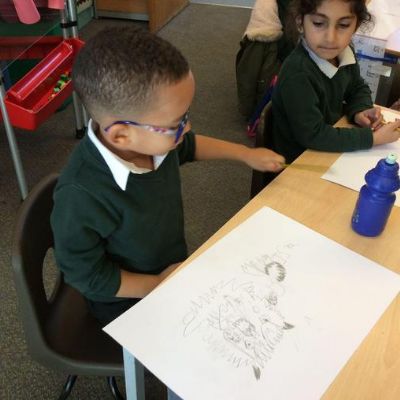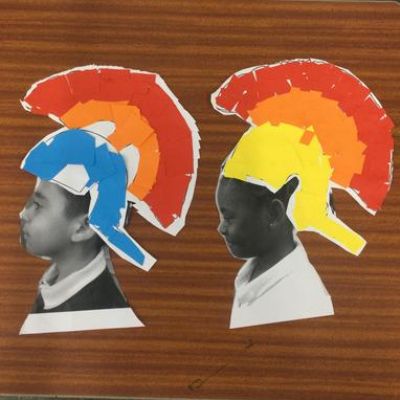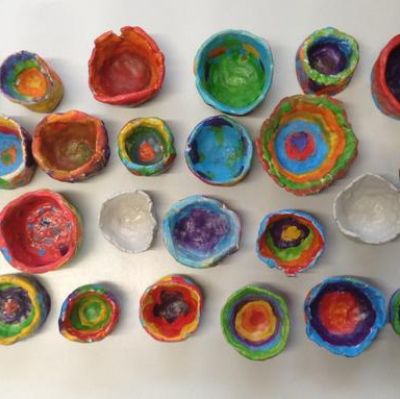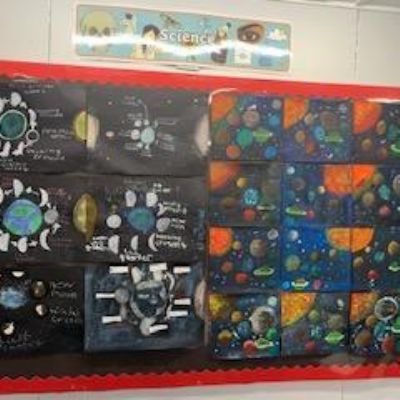Art
Art and Design
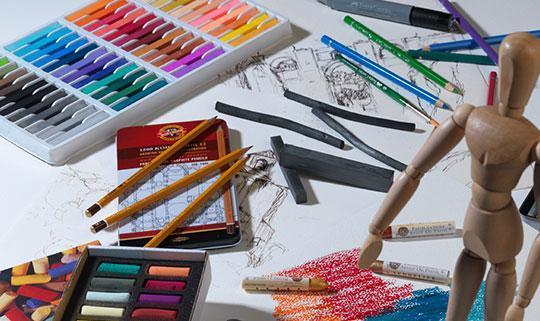
The art curriculum aims to foster an inclusive, creative, and stimulating environment where our children develop an appreciation for diversity, a sense of belonging within the artistic community and a commitment to integrity in both their creative process and interactions with others. Our curriculum is designed to equip children with the necessary skills and knowledge to thrive, while giving them the skills to express themselves fully through various artistic mediums.
Values
-
Diversity We celebrate diverse artistic traditions, drawing upon different cultural narratives and perspectives. We encourage children to explore art from around the world and across time periods. By recognising and engaging with a wide range of artistic styles the children are exposed to a broader understanding of the world and learn to value different viewpoints and experiences.
-
Community Art is a communal activity that thrives in an environment of collaboration and shared learning. Through ‘out of school’ projects in the community, art clubs and whole school art projects children engage with their peers, teachers and the wider community, building connections that enrich their artistic development. By learning to respect and respond to others' creative expressions, children strengthen their understanding of collective creativity and its social significance.
-
Integrity Our curriculum promotes a high standard of artistic integrity, encouraging children to approach their work with honesty, dedication, and respect for the creative process. Whether in drawing, painting, sculpture, children will develop a strong sense of personal responsibility, understanding the importance of originality, ethical practice, and self-reflection in art-making. They are encouraged to follow a mantra: ‘You are the artist, you choose.’
Curriculum Plan
The art curriculum is designed to inspire and challenge children to explore their full creative potential while equipping them with the technical skills and critical thinking necessary to succeed in the art world and beyond. Children will engage with both traditional and contemporary art practices, preparing them for future artistic topics and areas and providing a strong primary foundation in skills for those wishing to pursue art in Secondary school and beyond.
The curriculum aims to
-
Foster children’s self-expression and confidence in their artistic abilities.
-
Nurture a sense of responsibility toward social, cultural, and environmental issues through art.
-
Provide opportunities for experimentation and innovation, encouraging children to think creatively and challenge conventional boundaries.
-
Ensure children are equipped with the skills and knowledge to participate fully in the contemporary art world (digital and physical) both as creators and consumers.
Scope of the Curriculum
The art curriculum spans a wide range of topics, including but not limited to:
-
Art History and Theory: Exploration of significant movements, artists, and cultural contexts from ancient to contemporary art.
-
Practical Techniques: Development of key skills across drawing, painting, sculpture, printmaking, digital media, and photography.
-
Critical Thinking and Reflection: Encouraging child to critically assess their own work and that of others, developing the ability to articulate their thoughts and critique thoughtfully.
-
Cultural and Social Relevance: Engaging with art that reflects social, political, and environmental issues, promoting an understanding of the role of art in shaping society and vice versa.
-
Innovation and Experimentation: Providing children with the opportunity to explore new media, technology and artistic processes to expand their creative toolkit.
End Points
By the end of the curriculum, children will:
-
Be proficient in a range of traditional and contemporary artistic techniques and media.
-
Demonstrate an understanding of key artistic movements, figures and contexts, linking these to their own creative practice.
-
Show the ability to reflect on their own work and the work of others, discussing their ideas clearly.
-
Show confidence in their ability to create original, thoughtful and expressive artworks using the learnt skills yet being individual in creating final pieces.
Sequencing of Knowledge and Skills
The curriculum is sequenced to ensure a logical progression of knowledge, skills, and creative challenges, building on previous learning and preparing children for increasingly complex tasks.
-
EYFS and KS1: Children are introduced to foundational techniques in drawing, painting, and sculpture alongside work of key artists. This phase focuses on developing basic skills, understanding the principles of design, and exploring personal creative expression.
-
LKS2: Children deepen their technical skills, experiment with mixed media and begin to develop their own artistic voice. They study more complex concepts in art history and engage in collaborative projects with their peers.
-
UKS2: Children refine their skills further and begin to show preferences in chosen areas of art-making such as: fine art, sculpture etc… They engage in more independent project-based work showing growing critical thinking and presentation skills.
Progression of Knowledge and Skills
-
EYFS and KS1: Focus on skill acquisition and experimentation (basic drawing, painting, and sculpture techniques). Introduction to visual analysis, basic composition, and colour theory (mixing, colour wheels)
-
LKS2: Development of personal style, advanced techniques in mixed media and digital art, and deeper engagement with art history and theory. Children begin working on larger and topic-based projects.
-
UKS2: Mastery of chosen techniques and media, development of a personal artistic skills and refined thinking.

